Whether you want to cover gray hair, experiment with a bold new look, or simply enhance your natural color, coloring your hair can be an exciting and transformative experience.
However, the process of coloring can sometimes lead to damage, making it essential to adopt techniques that minimize harm to your hair.
In this post, we will discuss five easy ways to color your hair with the least amount of damage, helping you achieve the desired results while maintaining the health and integrity of your locks.
Busy? Save this pin for later.
1. Choose a Semi-Permanent Hair Dyes
When considering hair color options, opting for semi-permanent hair dyes can significantly reduce the damage caused by harsh chemicals found in permanent dyes.
Semi-permanent dyes do not penetrate the hair shaft as deeply as permanent dyes, making them gentler on your hair. They gradually fade over time, allowing you to experiment with different shades without causing extensive damage.
Semi-permanent hair dyes have a milder formulation that is less likely to strip away the natural oils and proteins from your hair. This helps to maintain the overall health and moisture balance of your locks.
Additionally, since these dyes fade gradually, there is less noticeable root regrowth, reducing the need for frequent touch-ups and minimizing the risk of over-processing your hair.
Moreover, semi-permanent hair dyes often come in a wide range of vibrant shades, providing you with the opportunity to try out different colors without committing to a long-lasting change.
This versatility allows you to express your creativity and style while keeping damage to a minimum.
You Might Also Like: 10 Simple Ways To Naturally Make Your Skin Glow
2. Use Ammonia-Free Hair Color
Ammonia is a common ingredient found in many hair dyes that helps the color penetrate the hair shaft. However, it can also cause significant damage by stripping away the natural oils and proteins from your hair.
To minimize damage, opt for ammonia-free hair color products. These formulas are less harsh on your hair while still providing vibrant and long-lasting color.
Ammonia-free hair color products are formulated with alternative ingredients that are gentle on your hair without compromising on color intensity.
These formulations often contain natural oils and botanical extracts that help to nourish and protect your hair during the coloring process.
By choosing ammonia-free hair color, you can minimize the risk of dryness, breakage, and overall damage, while still achieving beautiful and vibrant results.
Furthermore, ammonia-free hair color is a great option for individuals with sensitive scalps or those who have experienced adverse reactions to ammonia-based dyes in the past.
These formulas are less likely to cause irritation or discomfort, allowing you to enjoy the coloring process without worrying about potential side effects.
3. Deep Condition Before Coloring
Preparing your hair for the coloring process is crucial to minimize damage. Deep conditioning your hair a day or two before coloring can help moisturize and nourish your locks, making them more resilient to the chemicals in the hair dye.
This simple step can significantly reduce the risk of dryness, breakage, and overall damage. Deep conditioning treatments are designed to penetrate the hair shaft and provide intense moisture and nourishment to your hair.
When choosing a deep conditioning treatment, look for products that are specifically formulated for color-treated hair.
These treatments often contain ingredients such as keratin, argan oil, and shea butter, which help to repair and strengthen the hair, leaving it soft, smooth, and more resistant to damage.
Additionally, consider using a leave-in conditioner or hair oil after deep conditioning to provide ongoing hydration and protection to your hair.
This extra layer of moisture can help to maintain the health and integrity of your locks, ensuring a successful and damage-free coloring process.
You Might Also Like: How To Make Face Mask At Home Easily
4. Follow Proper Application Techniques
Proper application techniques play a vital role in minimizing hair damage during the coloring process. Ensure that you carefully follow the instructions provided with your chosen hair dye product.
Section your hair and apply the dye evenly from root to tip, avoiding overlapping and excessive saturation. This will prevent unnecessary damage and ensure consistent color results.
When applying hair dye, it is important to take your time and work methodically to ensure even coverage and minimize the risk of over-processing certain areas.
Start by sectioning your hair into manageable portions, using clips or hair ties to keep the sections separate.
This will help you apply the dye more precisely and avoid missing any spots or overlapping previously colored areas.
When applying the dye, use a brush or applicator provided with the product to distribute the color evenly from the roots to the tips of your hair.
Be mindful of the amount of dye you apply, as excessive saturation can lead to uneven color and potential damage. It is better to apply multiple thin layers of dye if needed, rather than one thick layer.
Also, avoid leaving the dye on for longer than the recommended processing time, as this can lead to over-processing and damage to your hair.
Follow the instructions provided by the manufacturer to ensure optimal results and minimize the risk of hair damage.
5. Limit Frequent Hair Coloring
Frequent hair coloring can gradually weaken your hair and lead to increased damage over time. To minimize the negative effects, it is essential to limit the frequency of color treatments.
Instead of touch-ups every few weeks, consider extending the time between colorings to give your hair a chance to recover and rejuvenate.
Embracing your natural color or opting for low-maintenance techniques, such as balayage or highlights, can also help you achieve a stylish look while reducing damage.
Giving your hair a break between color treatments allows it to restore its natural strength and resilience. This is particularly important if you have previously undergone multiple color treatments or if your hair is already damaged or prone to breakage.
By spacing out your colorings, you can help your hair recover and minimize the risk of further damage.
Embracing your natural color or opting for low-maintenance techniques, such as balayage or highlights, can also be a great way to minimize damage while still achieving a stylish and trendy look.
These techniques involve strategically placed highlights or lightening certain sections of your hair, resulting in a more natural and blended effect.
Additional Tips
- Use color-safe and sulfate-free shampoos and conditioners to prevent color fading and maintain hair health.
- Avoid excessive heat styling, as high temperatures can further dry and damage colored hair.
- Protect your hair from UV rays by wearing a hat or applying a leave-in UV protectant spray.
- Schedule regular trims to remove split ends and keep your hair in optimal condition.
- Consider incorporating hair masks and treatments specifically designed for colored hair into your routine to restore moisture and prevent damage.
Don’t forget, to take care of your hair before, during, and after the coloring process to maintain its integrity and ensuring long-lasting color.
You Might Also Like: The Best Skin Care Routine For Your Face
FAQ
1. What are the benefits of using semi-permanent hair dyes?
Semi-permanent hair dyes are gentler on your hair and gradually fade over time, reducing damage and allowing for experimentation with different shades.
2. Why should I choose ammonia-free hair color?
Ammonia-free hair color products are less harsh on your hair, minimizing the risk of dryness, breakage, and overall damage while still providing vibrant and long-lasting color.
3. How can deep conditioning help minimize damage during the coloring process?
Deep conditioning your hair before coloring moisturizes and nourishes your locks, creating a protective barrier that shields your hair from the potentially drying and damaging effects of the hair dye.
4. What are some proper application techniques for minimizing hair damage?
Proper application techniques include sectioning your hair, applying the dye evenly from root to tip, avoiding overlapping and excessive saturation, and following the recommended processing time to prevent over-processing and damage to your hair.

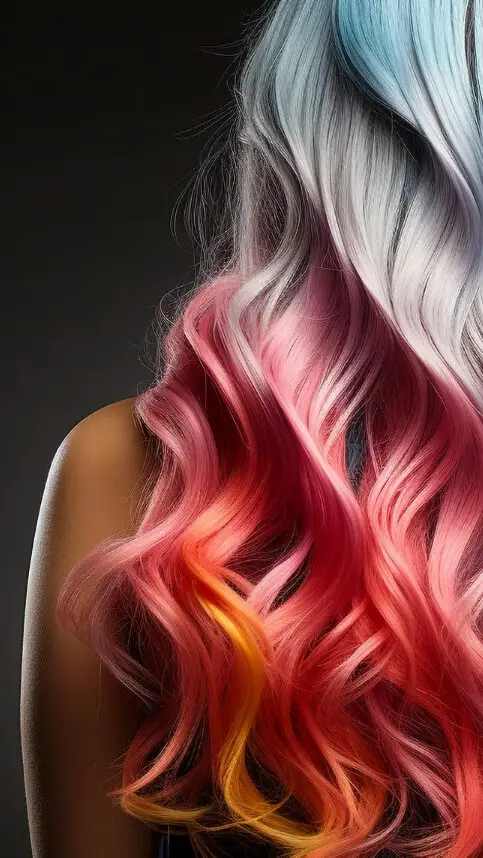

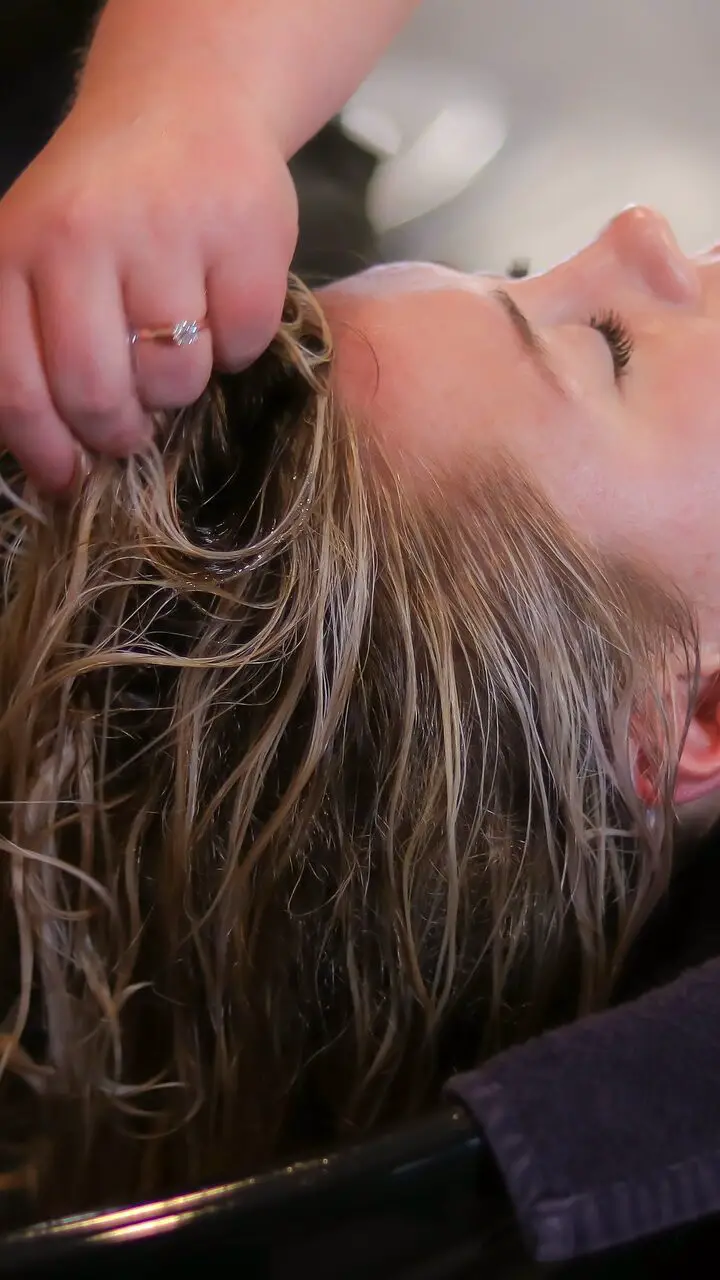
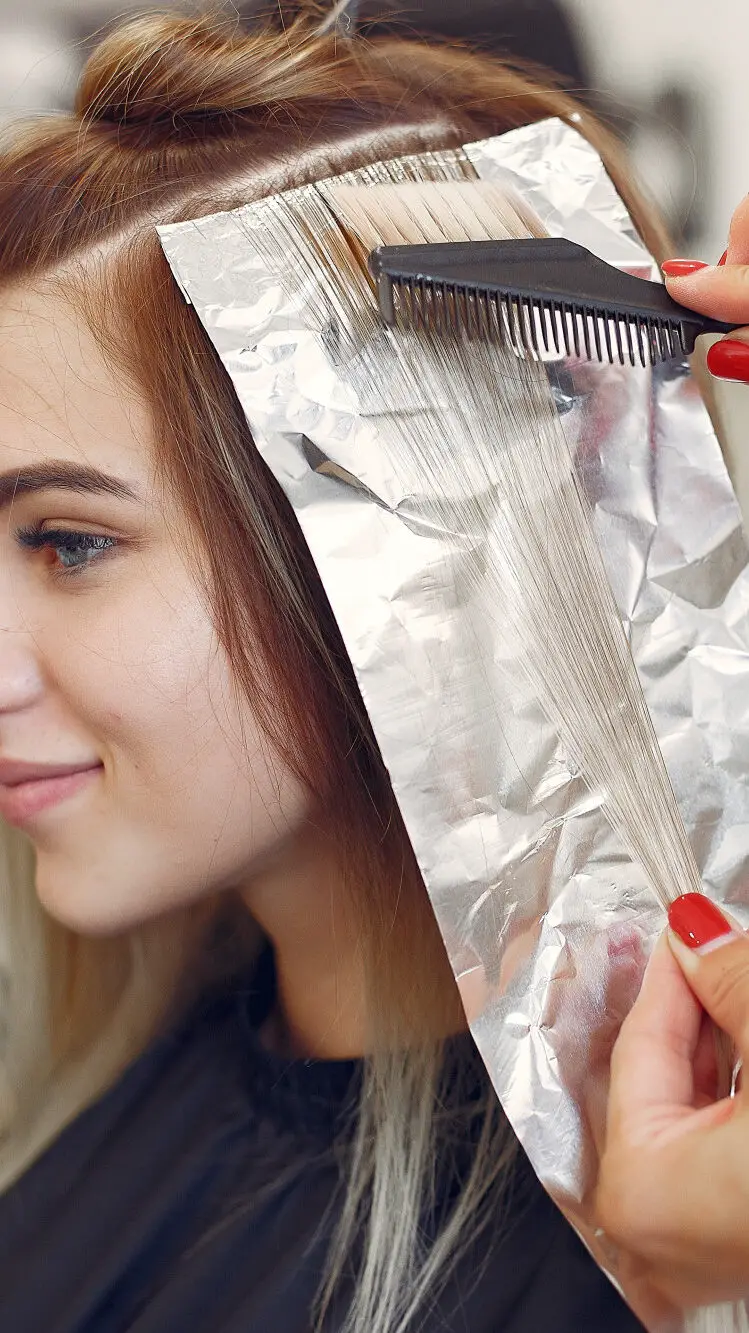
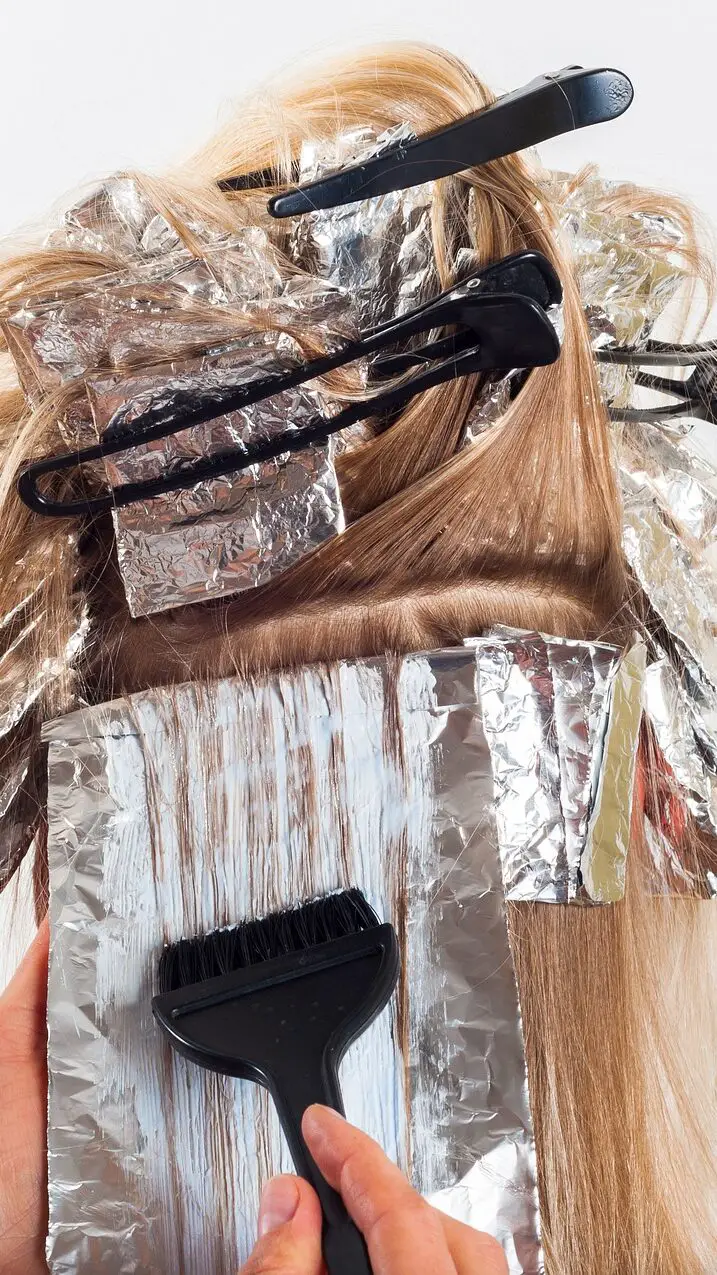
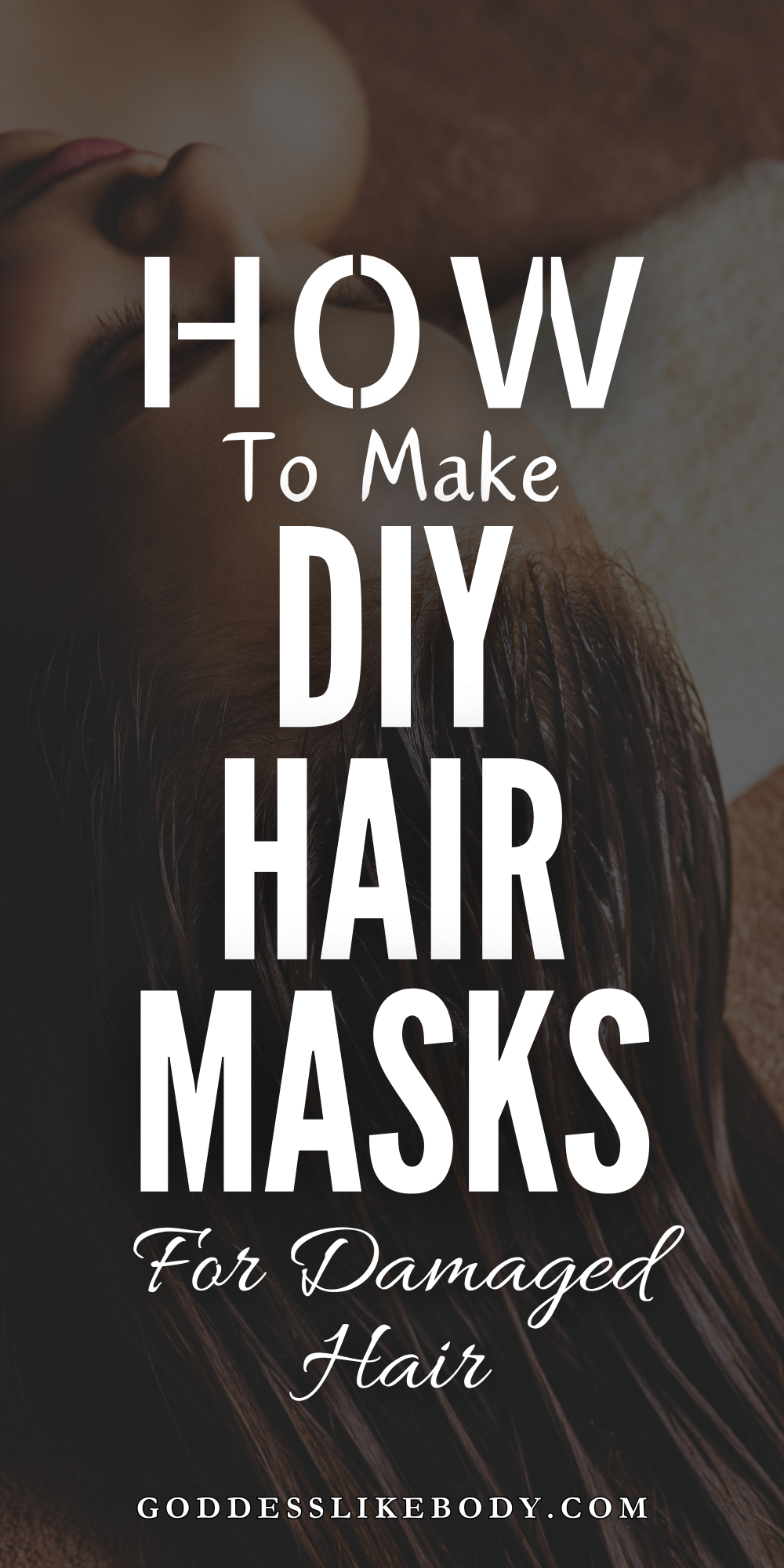
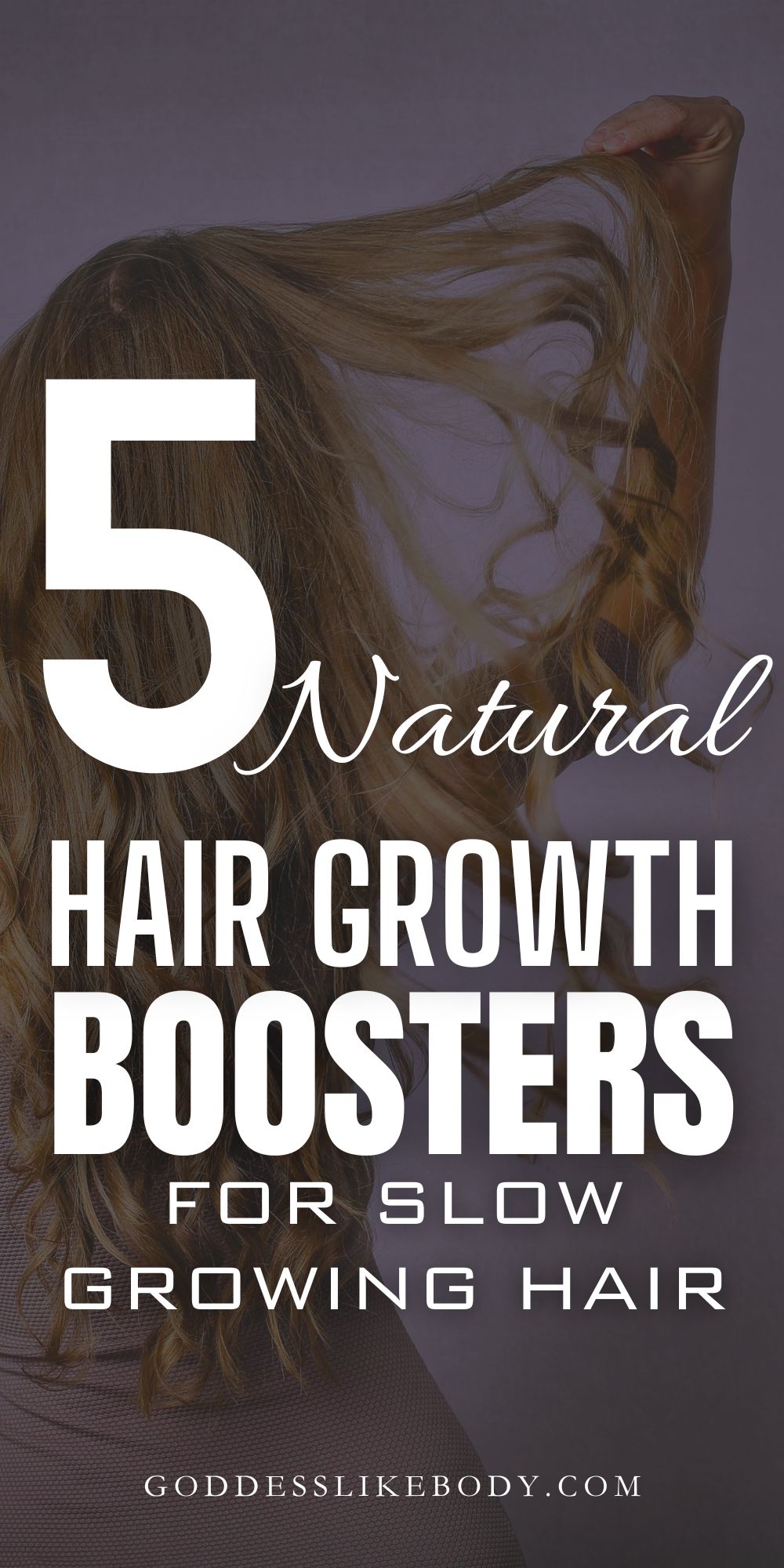
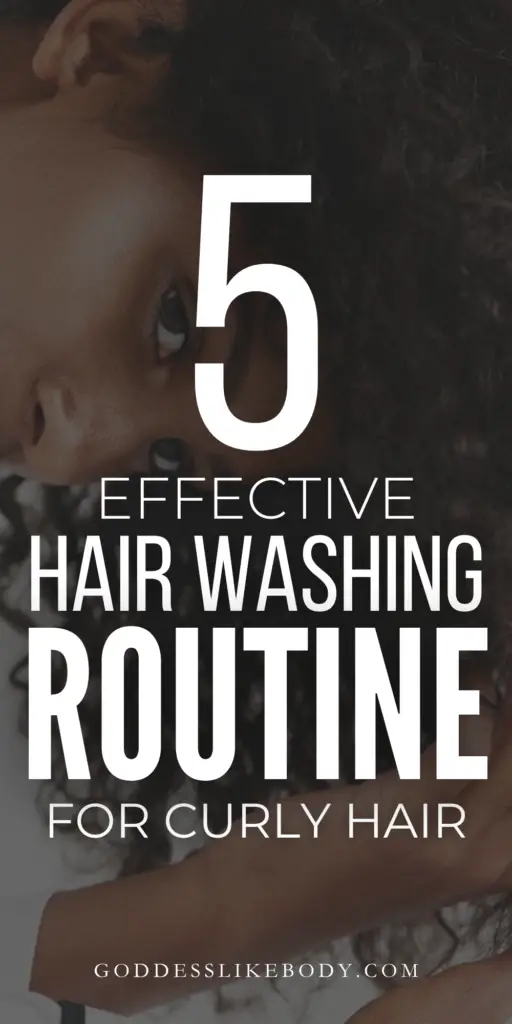
Leave a Reply
You must be logged in to post a comment.